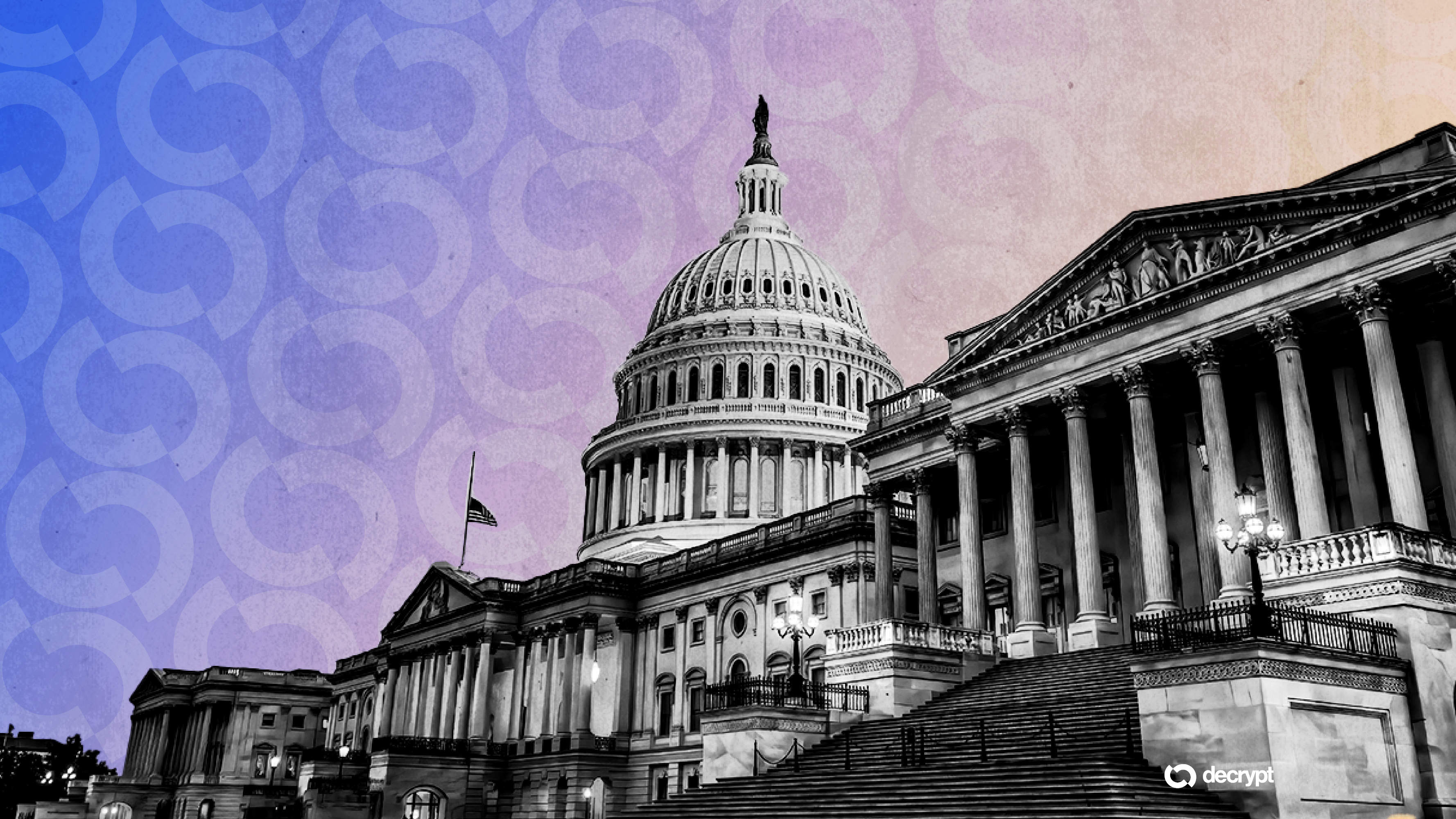Christmas shoppers are looking for warmth, nostalgia and value for money in 2025
getty
Retailers heading into the holidays are preparing for a 2025 Christmas retail season that’s disciplined rather than decadent.
VoucherCodes/GlobalData forecasts roughly £91 billion in total festive spending in the UK. While consumers still plan to celebrate, it’s clear they plan on thinking harder about where every pound goes. Clearpay’s Festive Insights Wrapped report shows how deliberate that behavior has become: three quarters of shoppers intend to keep their total holiday budget under £800.
Christmas is still on; it’s just being recut, with fewer impulse buys and more deliberate choices. And as budgets tighten, it’s quietly changing what sells, how people shop, and which brands end up at the top of their lists.
The Money Mood: Cautious But Committed
When you look at the data, a clear picture of caution emerges.
For festive spending in 2025, gifting is projected to reach around £11.6 billion, while food and drink is forecast at about £8.4 billion—both increases from 2024 (VoucherCodes/GlobalData).
But much of that increase reflects higher prices rather than more volume, as 37% of households are buying fewer, better things (Clearpay). The emphasis is on preserving core traditions and a few meaningful treats, even if the basket is smaller.
To do this, shoppers are using time as a financial tool.
Clearpay’s survey of more than 2,200 adults suggests roughly a third of Britons plan to do the bulk of their buying in October, and more than three-quarters expect to be finished by the end of November. By spreading purchases across more pay cycles, they hope to avoid one painful December bill.
What Sells When Every Pound Counts
When money is tight, the product mix shifts rather than collapses.
Jen Pollard, senior analyst at ecommerce platform Visualsoft, highlights three stand-out sectors for this Christmas: sports and outdoors, home and garden, and jewelry and watches.
Sports and outdoors are “predicted to remain the strongest growth sector after last year’s revenue jump and order increase.” Home and garden categories are seeing higher average order values as shoppers invest in better quality or bundled purchases.
Jewelry and watches, meanwhile, were also on the rise last year, indicating that luxury gifting continues to remain popular. Fashion, footwear, and hobby-related categories are also expected to perform above average, but with steadier growth.
The common thread here is longevity. Consumers are drawn to products that support their health, homes, and hobbies well beyond December. A pair of running shoes, upgraded cookware, or a small but well-made piece of jewelry feels more defensible than a novelty that will be forgotten by New Year’s Day.
On Faire, the wholesale marketplace connecting independent brands and retailers, that search for lasting value is linked to story.
As Charlotte Broadbent, the company’s UK general manager, says, “We’re seeing a real shift this Christmas in what retailers are looking for on Faire. They want products that feel personal and genuinely different from what you’d typically find on the high street. Our ‘Not on Amazon’ filter is being used more than ever.”
Shoppers no longer want mass-produced, low-to-moderate quality gifts; they want unique, memorable items that will last.
Broadbent adds that shoppers are gravitating toward nostalgic styles: tartan, “vintage Christmas” motifs, nutcrackers, fondue sets, and classic board games, with Mahjong emerging as a breakout hit.
Together, those choices point toward cozy nights at home—sharing food, revisiting old rituals, and choosing entertainment that brings people around the table instead of out to big-ticket events.
On Etsy, nostalgia and comfort show up as named aesthetics that give shoppers language for the kind of Christmas they want. The platform’s holiday trend guide highlights looks such as Nonna Holiday (grandmother-inspired kitchen nostalgia), Supper Club (elevated at-home entertaining), and Play Haus (bright, maximalist décor).
Each aesthetic offers a different way to express personality, but they share a common thread: the season is something to be cherished. Even when budgets are tighter, there’s a clear appetite for a Christmas that feels personal and emotionally-driven rather than generic and store-bought.
Loyalty, Rewards, and the Shopping Experience
Price will always matter, but when budgets are under pressure, shoppers lean hardest on brands they know.
Charlie Casey, CEO of loyalty platform LoyaltyLion, notes that during times of economic doubt, “77% [of shoppers] will prioritise brands they’ve shopped with before,” turning to familiarity and proven service.
That’s where loyalty programs become a key part of the holiday playbook. Discounts and free or reduced shipping are still the primary reasons people sign up, but younger shoppers in particular expect more than a steady stream of promo codes. According to Casey, they respond to early access, limited editions, member-only drops, and events that make them feel like insiders instead of names on a mailing list.
Attila Kecsmar, cofounder and CEO of software company Antavo, sees that mix of benefits as central this year.
He notes that around seven in ten shoppers last year joined loyalty programs to earn rewards, discounts, or cash back, while roughly 36% were motivated by personalized offers and free shipping or returns. About one in four were attracted by exclusive member-only products or early access to sales.
“This Christmas,” Kecsmar says, “loyalty will come from brands that make shopping feel personal and enjoyable, not just cheaper … Christmas is a hugely emotional celebration for many, and they want it to feel special.”
Who Shoppers Will Back This Christmas
Christmas retail this holiday season will be defined less by volume and more by intent. Shoppers are concentrating their budgets in a few priority categories and favoring the brands that feel familiar, efficient, and rewarding to shop with.
Even in a tighter year, they still want Christmas to feel special – for themselves and the people they’re buying for. Controlled indulgence doesn’t mean a flat season; it means the upside goes to retailers that understand the constraints and still make Christmas feel worth paying for.
Source: https://www.forbes.com/sites/catherineerdly/2025/11/18/what-shoppers-are-buying-this-christmas-in-retail/


